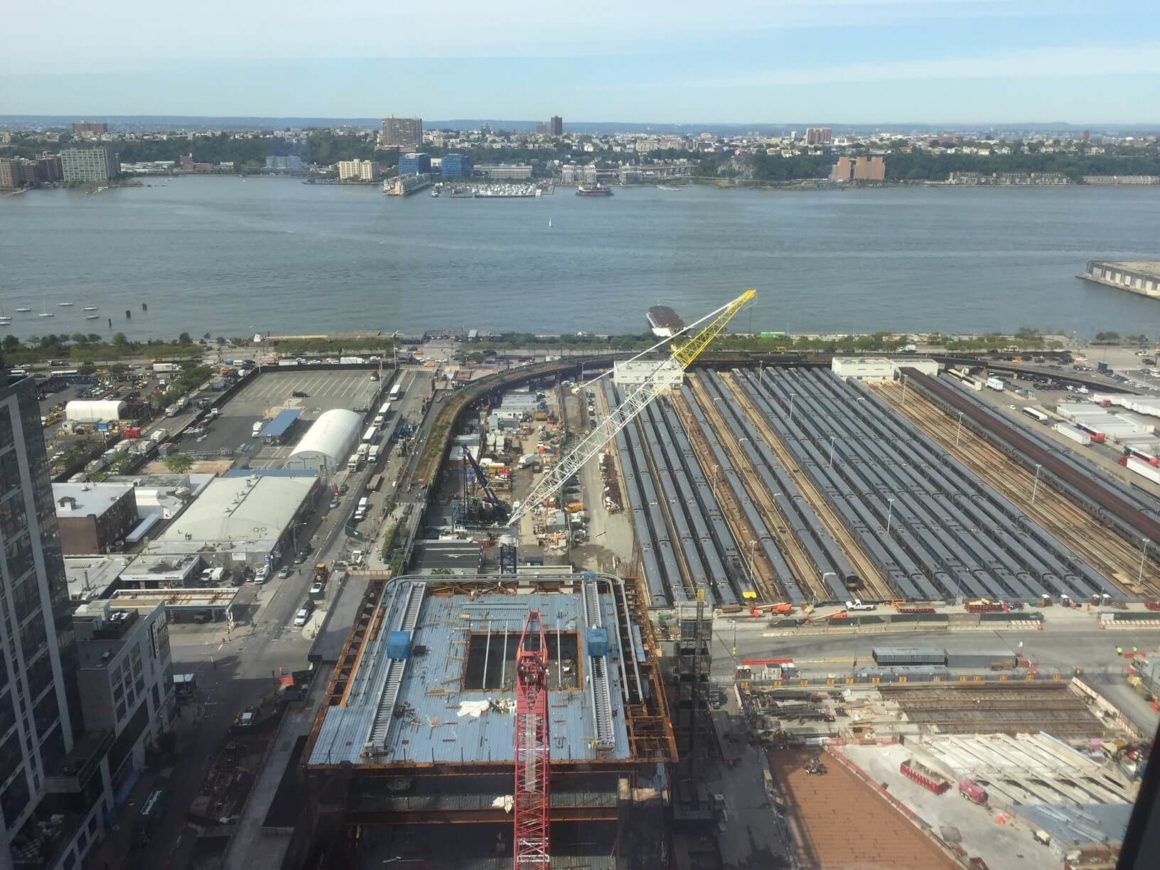Table of Contents Show
As we look around New York, we see construction at almost every corner and in every neighborhood of the city. Places that were as recently as two years ago empty are replaced by new developments offering their apartments for sale or rent. The structure of the city and its neighborhoods is changing by leaps and bounds. Despite some softness in segments of the market, prices continue to remain strong. The question is, where should one buy next? All neighborhoods are not created equal.
Low-Interest RatesLow-Interest Rates
Cheap money led to the rapid expansion of construction projects that made some areas less attractive from an investment and appreciation point of view. It is important to note that personal preferences in achieving a certain lifestyle often trump everything else. If you are open to looking at the entire market and interested in greater than average appreciation or high income from the property, future construction of new developments will affect the market and your purchase.
Trump VillageTrump Village
Let’s take Trump Village, for example. It is a stretch of land from 60th Street to 72nd Street west of 11th or West End Avenues and bordering the Hudson River. At the time the development started, it was considered by many a new frontier with Hudson River views and ultra-modern apartments. Initially, these apartments, first in built-in 2000 on the Bank of the Hudson River at 72nd Street, were in great demand and did very well. However, as construction by Extell Development Company progressed and now in its final stages (the last new development at 60th Street and 11th Avenue is to be completed within six months), the whole stretch of land has been overbuilt. This is not only affecting the buildings in Trump Village but also nearby new developments such as Element ( 555 West 59th Street ) or 10 West End Avenue, where rents have dropped as much as 20% in the past three years. The rentals in these condo buildings have experienced a dramatic decline in rent and appreciation of these apartments is not as rapid as in other parts of the city.
Rental DevelopmentsRental Developments
Making future income from these condo rentals even lower, one has to look at several new mega rental developments on 57th Street between 11th Avenue and West Highway and along Amsterdam Avenue between 61st Street and 70th Street, which offer tremendous competition. A private owner of a condo apartment has to compete with major real estate developers and hundreds of units offered for rent with considerable subsidies.
Hudson YardsHudson Yards
The Hudson Yards and Midtown West are the most recent examples in which similar problems may arise. The Hudson Yards, however, does have great potential, but it is important to evaluate each unit carefully, making sure you buy the right unit/product. Typically when purchasing an apartment off the first amendment, (Schedule A) pricing that has a potential for capital appreciation may balance out excess supply issues down the line if they were to play out. To avoid buying in the potentially or soon to be overbuilt areas, one should look at the current state of the neighborhood and the type of buildings it is made up of.
West SideWest Side
If you buy in neighborhoods such as the villages (East, West, and Greenwich Village) or Lower East Side, you can be assured that you’ll be risk-free from over construction of new mega-developments. These historically assigned buildings and streets prevent developers from building mega apartment complexes. It is also true for most of the Upper West Side and Upper East Side west of Lexington Avenue. Developments in that type of area tend to be smaller, with a limited number of apartments that can be quickly absorbed by the market. In your quest for a new apartment walk, around the block, and see how the building you are buying in compares to other buildings on the block.
As a rule of “thumb,” a long time (70 to over 100 years) established neighborhoods with historical districts and assigned historical buildings to prevent a large number of constructions with excessive heights and mega units.

